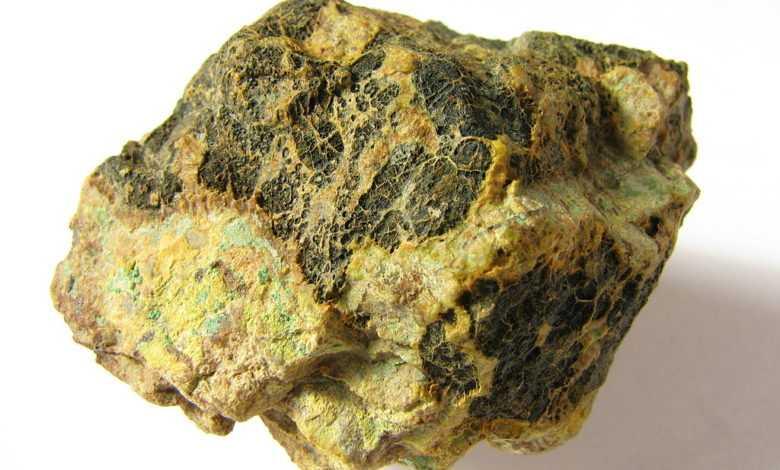History Of The Web
Web 1.0 was the era of static webpages where content provided by the website developer was only meant to be consumed.
Web 2.0 catapulted the world from simple static desktop web pages to interactive experiences, user-generated content, and marketplace economics that brought us tech giants like Uber, Facebook and Twitter. Web 2.0 was mobile-first, social-first, and cloud-only.
Web 2.0 unlocked trillions of dollars of value for the global economy, but in doing so, we consumers gave up a lot of agency over our lives, in favor of the value of the services that a handful of companies provide us.
10
91 reads
CURATED FROM
IDEAS CURATED BY
These new and upcoming ideas could very well shape up how we interact and work with each other in the near future. It's good to have a basic understanding of these buzzwords.
“
The idea is part of this collection:
Learn more about crypto with this collection
Understanding the basics of blockchain technology
The benefits and challenges of using blockchain
The future of blockchain technology
Related collections
Similar ideas to History Of The Web
Web 1.0 And 2.0
With Web 1.0. Content creators were scarce, with the vast majority of users simply acting as content consumers. For the most part, recurrently in the Web 2.0 era. Web 2.0 bothers the web as a platform where software applications are built on instead of just desktop computers. This enabled masses ...
We Lost The Internet
- First developed for the military, the internet wasn’t always the closed, capitalistic ecosystem that it is now.
- Before the tech giants staked their claim on billions of users, it was a decentralized place with no custodian.
- Now, only a handful of companies control most of...
The discovery and use of Uranium
Uranium was first used as a coloring agent in the manufacture of pottery. As early as 79 CE, naturally-occurring uranium oxide was ground up into a yellow powder and applied as a pottery glaze.
Martin Heinrich Klaproth discovered the element uranium in 1749, but uranium's radioacti...
Read & Learn
20x Faster
without
deepstash
with
deepstash
with
deepstash
Personalized microlearning
—
100+ Learning Journeys
—
Access to 200,000+ ideas
—
Access to the mobile app
—
Unlimited idea saving
—
—
Unlimited history
—
—
Unlimited listening to ideas
—
—
Downloading & offline access
—
—
Supercharge your mind with one idea per day
Enter your email and spend 1 minute every day to learn something new.
I agree to receive email updates



